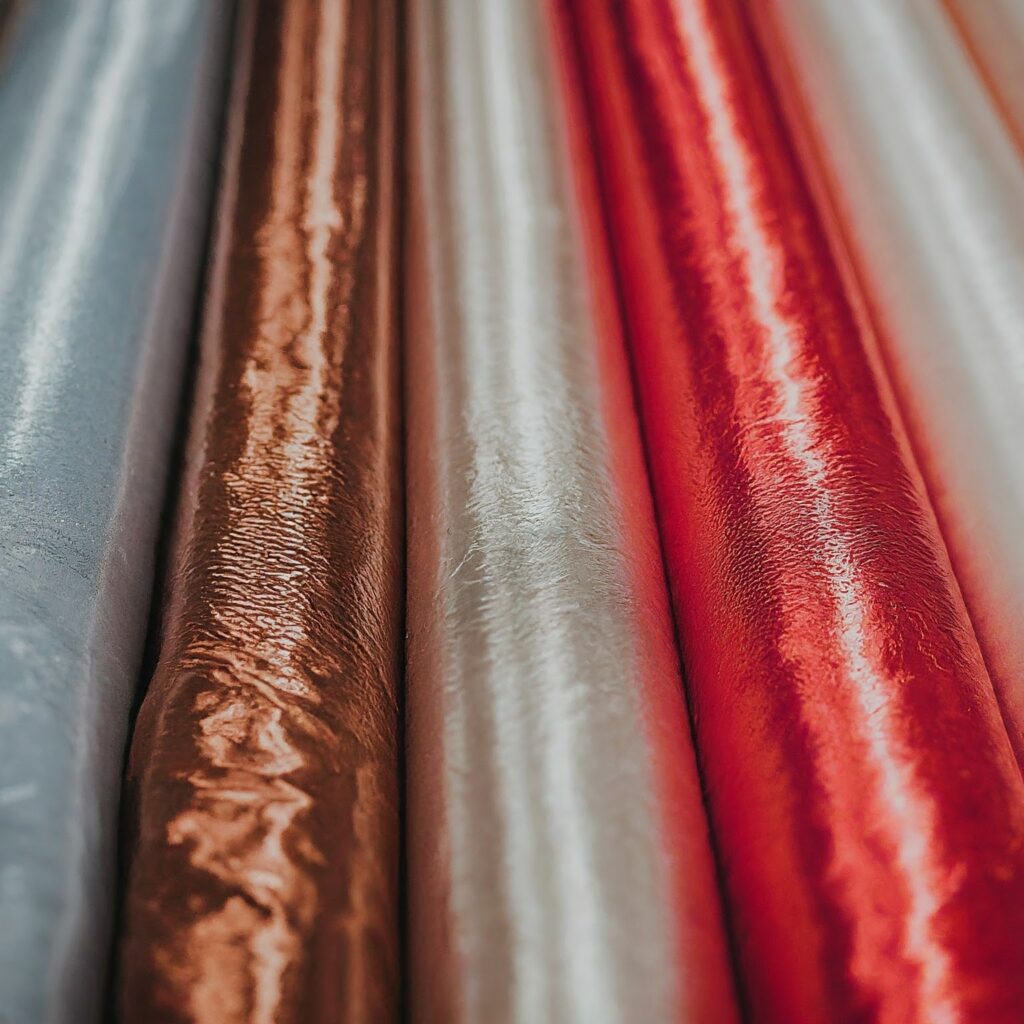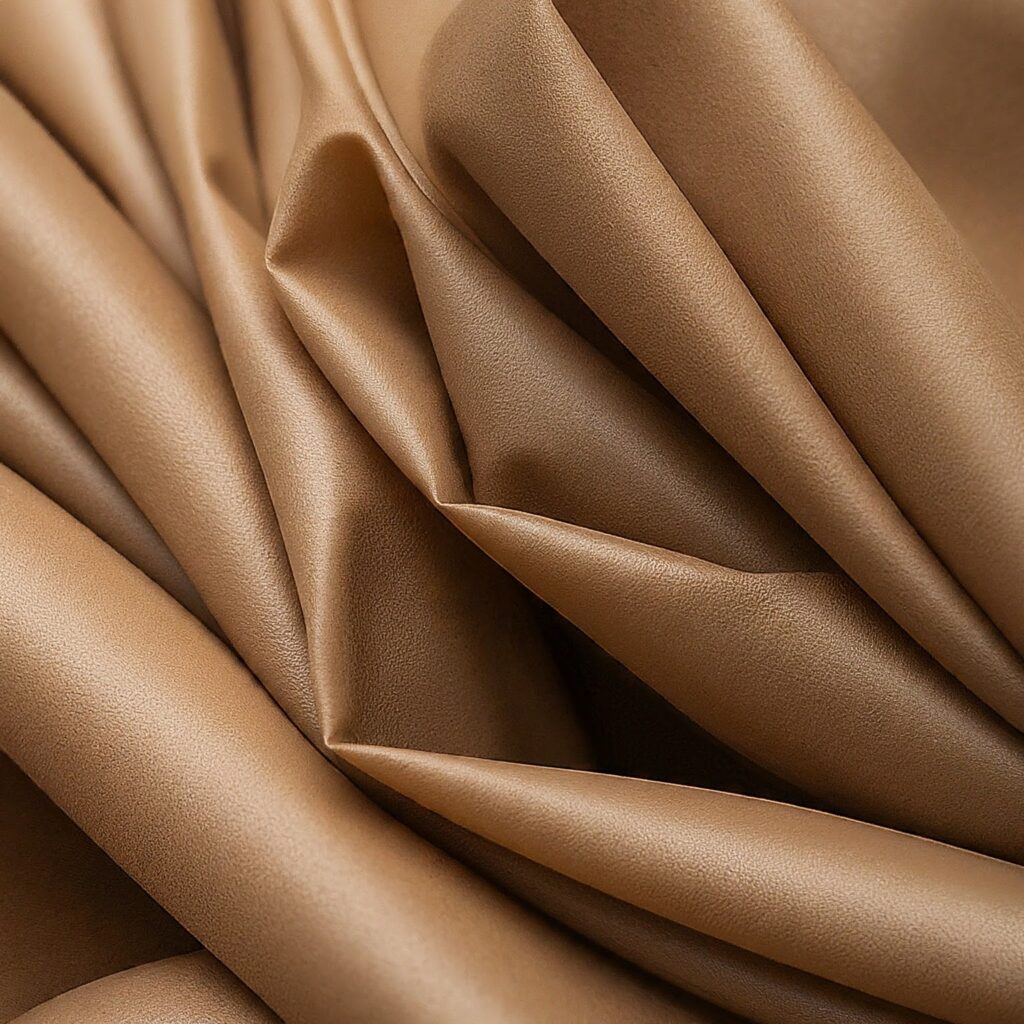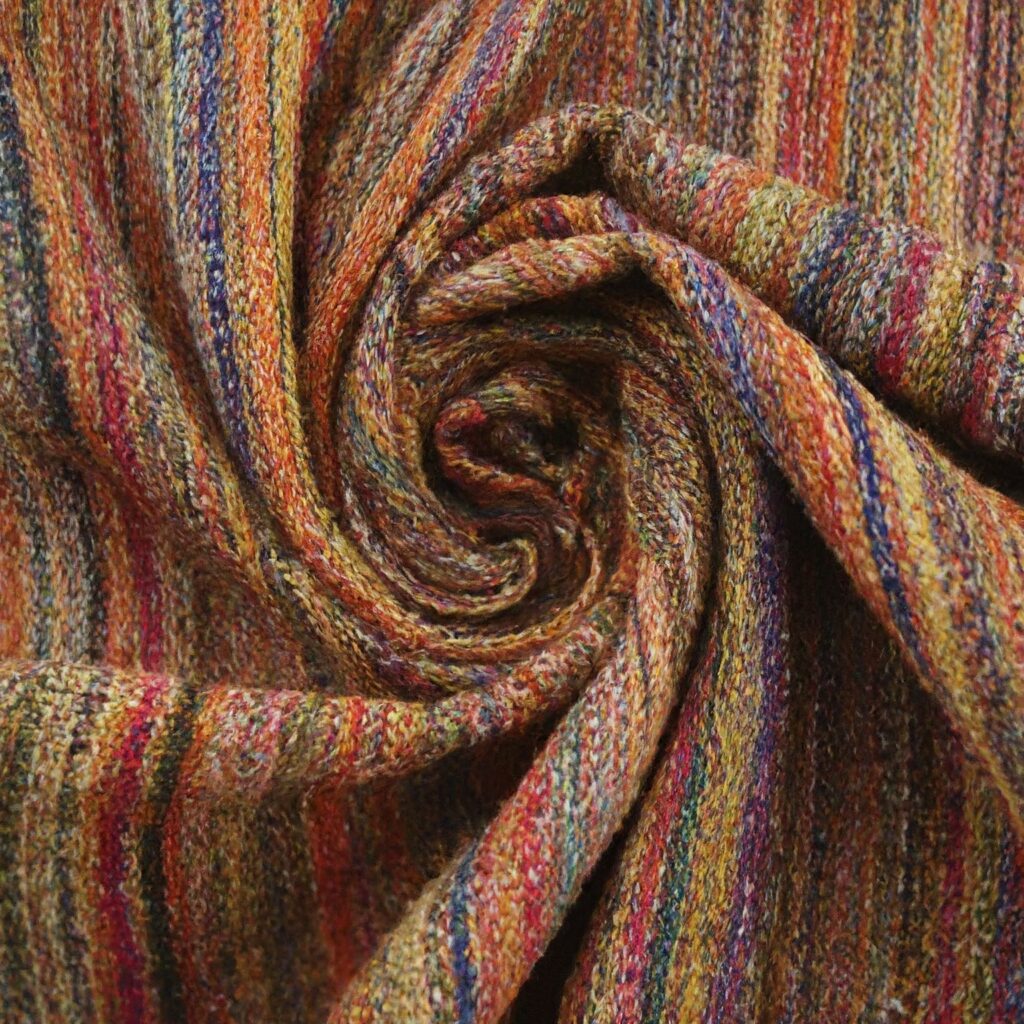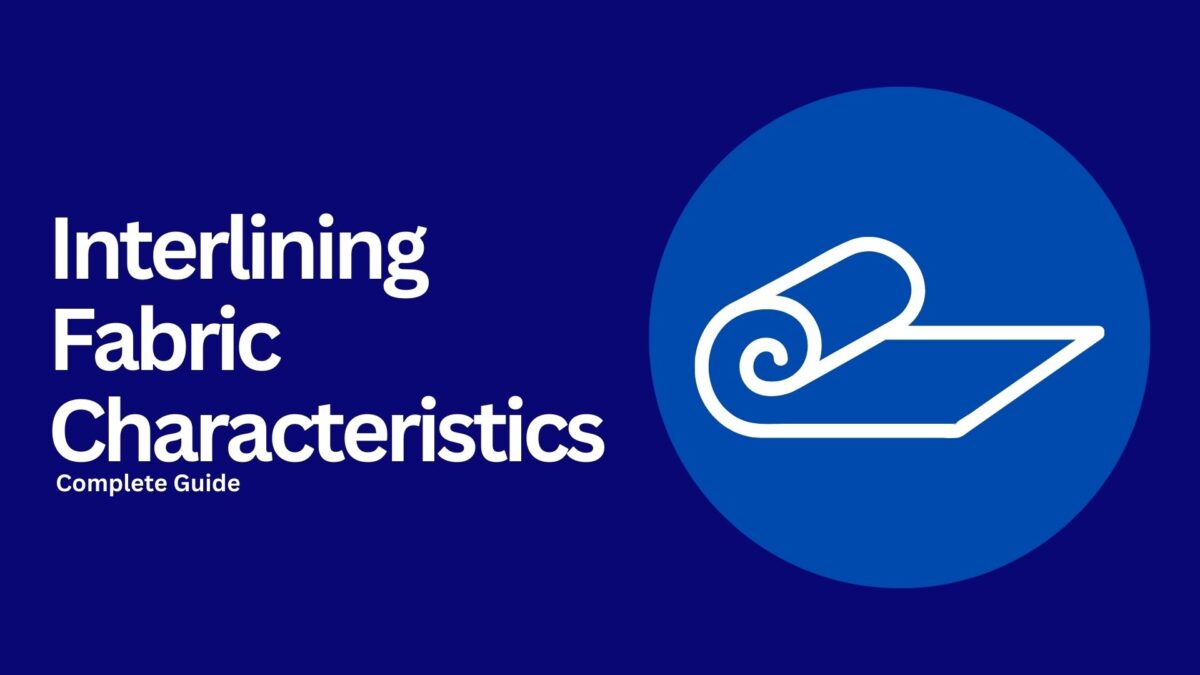Interlining Fabric Characteristics | Complete Guide
Interlining is like the secret ingredient in a great outfit. It’s the stuff you don’t see, but it makes a big difference. It helps your clothes keep their shape, feel good, and look amazing. This guide will help you understand interlining better, so you can choose the right one for your sewing projects.
In this guide, we will explore the world of interlining fabric, uncovering its importance, types, and how to select the perfect one for your next creation. Whether you’re a beginner or a seasoned seamstress, this information will empower you to make informed choices and elevate your sewing projects.

Table of Contents
- What is Interlining Fabric?
- Key Characteristics of Interlining Fabric
- Types of Interlining Fabrics
- How to Choose the Right Interlining Fabric
- Benefits of Using Interlining Fabric
- Tips for Working with Interlining Fabric
- Conclusion: Mastering Interlining Fabric for Better Garments
What is Interlining Fabric?
Interlining fabric is an essential component in garment construction that provides additional support and structure to your clothing. It’s a layer of fabric placed between the outer fabric and the lining of a garment, designed to enhance its shape and durability.
You might find interlining fabric in various garments, from jackets and coats to shirts and suits. Its primary role is to ensure that the final product looks polished and maintains its form over time.

Key Characteristics of Interlining Fabric
Understanding the key characteristics of interlining fabric can help you make informed choices when it comes to garment construction. Here’s what you need to know:
- Thickness and Weight: Interlining fabric comes in various thicknesses and weights. Light interlinings are used for softer, more flexible garments, while heavy interlinings provide a firmer structure.
- Material Composition: It can be made from a variety of materials, including cotton, polyester, and blends. The choice of material affects the fabric’s drape and durability.
- Fusibility: Some interlining fabrics are fusible, meaning they can be adhered to the main fabric using heat. This type of interlining is easy to apply and provides a stable structure.
- Breathability: Good interlining fabric should allow the garment to breathe, ensuring comfort even when worn for extended periods.
- Durability: A high-quality interlining fabric enhances the longevity of your garments by providing additional strength and resistance to wear and tear.
Types of Interlining Fabrics
Choosing the right type of interlining fabric is crucial for achieving the desired look and feel of your garment. Here are the main types:
- Woven Interlining: Made by weaving threads together, woven interlining type offers a structured finish and is commonly used in tailored garments like suits and blazers.
- Non-Woven Interlining: Created by bonding fibers together, non-woven interlining is often used for lighter garments and offers flexibility and ease of use.
- Fusible Interlining: This type of interlining fabric has an adhesive on one side, which bonds to the main fabric when heat is applied. Fusible interlining is great for a crisp, stable finish.
- Non-Fusible Interlining: Unlike fusible types, non-fusible interlining requires stitching or tacking to attach it to the fabric. It’s ideal for garments that require extra flexibility.
- Woven Fusible Interlining: Combining the benefits of woven fabric with fusibility, woven fusible interlining provides both structure and ease of application.

How to Choose the Right Interlining Fabric
Selecting the right interlining fabric can make all the difference in your garment’s performance and appearance. Here’s how you can choose wisely:
- Consider the Garment Type: The purpose of the garment will determine the type of interlining fabric you need. For example, use a heavier interlining for a structured suit jacket and a lighter one for a casual shirt.
- Match the Fabric Weight: Ensure that the interlining fabric weight matches the weight of your outer fabric. This ensures a consistent drape and fit.
- Assess Comfort Needs: Choose an interlining fabric that allows for breathability and comfort, especially for garments worn close to the skin.
- Check for Compatibility: Ensure that the interlining is compatible with your outer fabric, especially if you’re using fusible types that require heat application.
By considering these factors, you’ll be able to select the perfect interlining fabric for your needs.
Benefits of Using Interlining Fabric
Integrating interlining fabric into your garments offers several advantages:
- Improved Structure: Interlining fabric helps garments maintain their shape and structure, giving them a professional appearance.
- Enhanced Durability: It adds strength to the garment, making it more resistant to wear and tear.
- Better Fit: Proper use of interlining fabric ensures that garments fit well and stay in place.
- Increased Comfort: High-quality interlining fabric enhances the comfort of the garment by allowing for better breathability and flexibility.

Tips for Working with Interlining Fabric
If you’re planning to work with interlining fabric, here are some tips to help you achieve the best results:
- Pre-Shrink Your Interlining: Always pre-shrink your interlining fabric to avoid any surprises after it’s been applied.
- Test on Scraps: Before applying interlining to your main fabric, test it on scrap pieces to ensure compatibility and desired results.
- Follow Application Instructions: For fusible interlinings, follow the manufacturer’s instructions carefully to ensure proper adhesion and avoid damage.
- Use Proper Tools: A pressing cloth and a suitable iron are essential for applying fusible interlining effectively without damaging the fabric.
Conclusion
Understanding interlining fabric is essential for anyone involved in garment construction. Whether you’re crafting a sleek suit or a stylish shirt, the choice of interlining fabric plays a pivotal role in achieving a polished, well-structured, and durable final product. By familiarizing yourself with the different types of interlining fabrics—including woven interlining, non-woven interlining, and fusible interlining—you can make informed decisions that enhance your garment’s fit and appearance.
Incorporating the right interlining fabric ensures improved structure, better durability, and increased comfort. With options like woven fusible interlining and non-woven fusible interlining, you can tailor your choice to match the specific needs of your garment, whether it’s for a formal suit or a casual shirt.
Link of related Articles
- What is Interlining and Why Does Your Coat Need It ? | Ultimate Guide
- Choosing the Right Interlining Fabric

